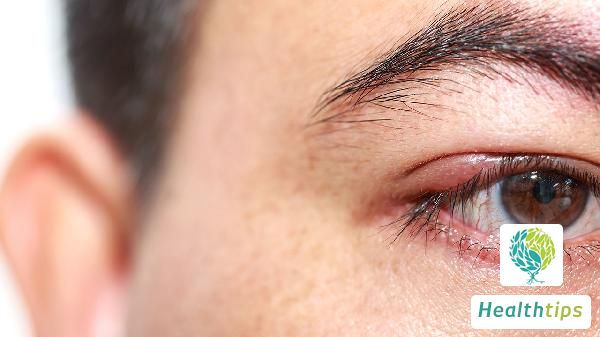How to Treat Leg Cramps in Elderly People? Try These 6 Treatment Methods
Treating and Preventing Calf Cramps in the Elderly
Calf cramps, medically known as muscle spasms, are a common occurrence, particularly among the elderly. When a calf cramp strikes, the muscle contracts suddenly, causing intense pain and inconvenience in daily life. This article provides detailed guidance on how to treat and prevent calf cramps in seniors.

Causes of Calf Cramps in the Elderly
1. Calcium Deficiency: As people age, their ability to absorb calcium decreases, leading to calcium deficiency and calf cramps.
2. Poor Local Circulation: Prolonged maintenance of the same posture, such as sitting or standing for extended periods, impedes blood circulation in the legs, predisposing to calf cramps.
3. Muscle Fatigue: Overusing muscles through prolonged walking or exercise can cause fatigue, triggering calf cramps.
4. Neurological Factors: Neurological disorders like lumbar disc herniation and sciatica can lead to calf cramps.
5. Cold Stimulation: In cold environments, leg muscles are susceptible to stimulation, causing calf cramps.
Treatment Methods for Calf Cramps in the Elderly
1. Hot Compress: Applying a warm towel to the cramping calf helps alleviate muscle spasms.
2. Massage: Gentle massage of the cramped muscle promotes blood circulation and relieves cramps.
3. Stretching: Lifting the toes and straightening the knee joint as much as possible stretches the calf muscle, relieving cramps.
4. Calcium Supplementation: Increase intake of calcium-rich foods like milk, tofu, and green leafy vegetables, or take calcium supplements if necessary.
5. Medication: Under medical supervision, muscle relaxants and antidepressants can be prescribed for treatment.
6. Traditional Chinese Medicine: Techniques such as acupuncture, cupping, and herbal remedies also aid in relieving calf cramps.
Preventive Measures for Calf Cramps in the Elderly
1. Moderate Exercise: Maintain regular exercise to strengthen leg muscles and prevent calf cramps.
2. Warmth: In cold environments, keep warm to avoid cold stimulation of leg muscles.
3. Adequate Rest: Avoid maintaining the same posture for long periods; take breaks to improve local blood circulation.
4. Hydration: Maintain adequate water intake to prevent electrolyte imbalances and reduce calf cramps.
5. Balanced Diet: Consume a balanced diet rich in minerals like calcium and magnesium.
6. Correct Posture: Maintain proper sitting and standing postures to avoid overusing leg muscles.
In conclusion, treating and preventing calf cramps in the elderly requires a multifaceted approach. By being mindful of seniors' physical conditions, promptly identifying and treating calf cramps, and adopting appropriate preventive measures, we can reduce their occurrence and enhance the quality of life for the elderly.



















